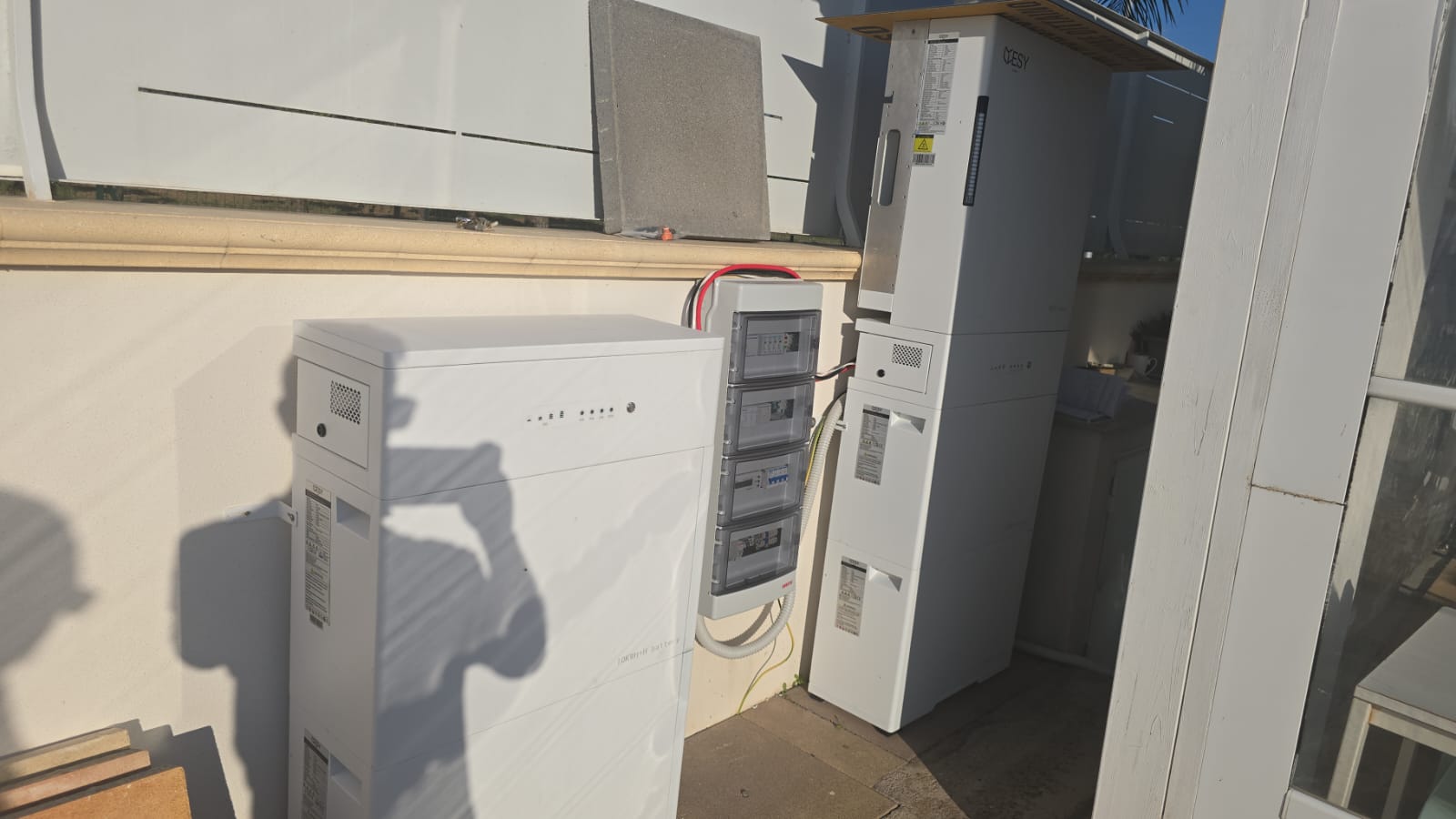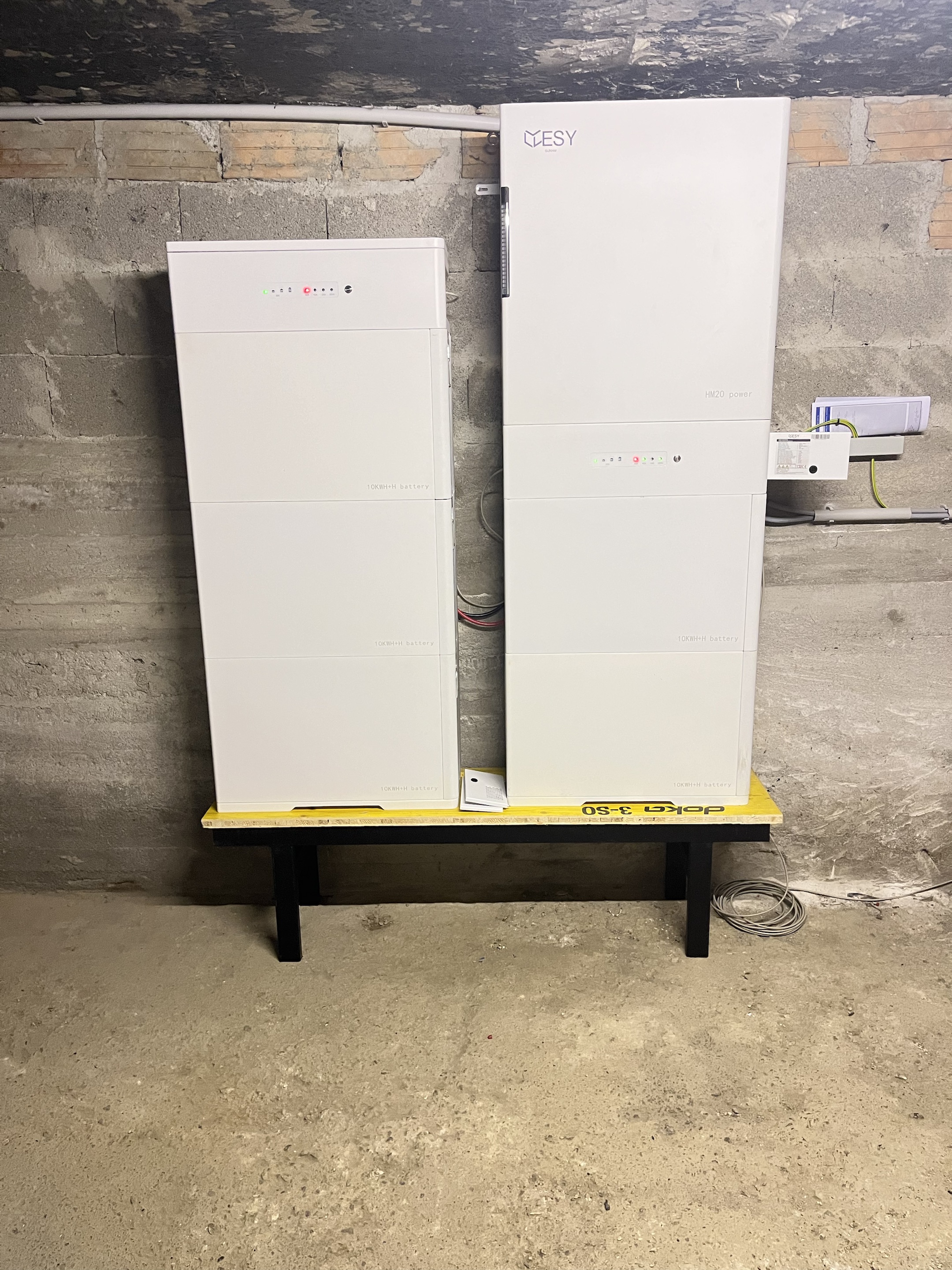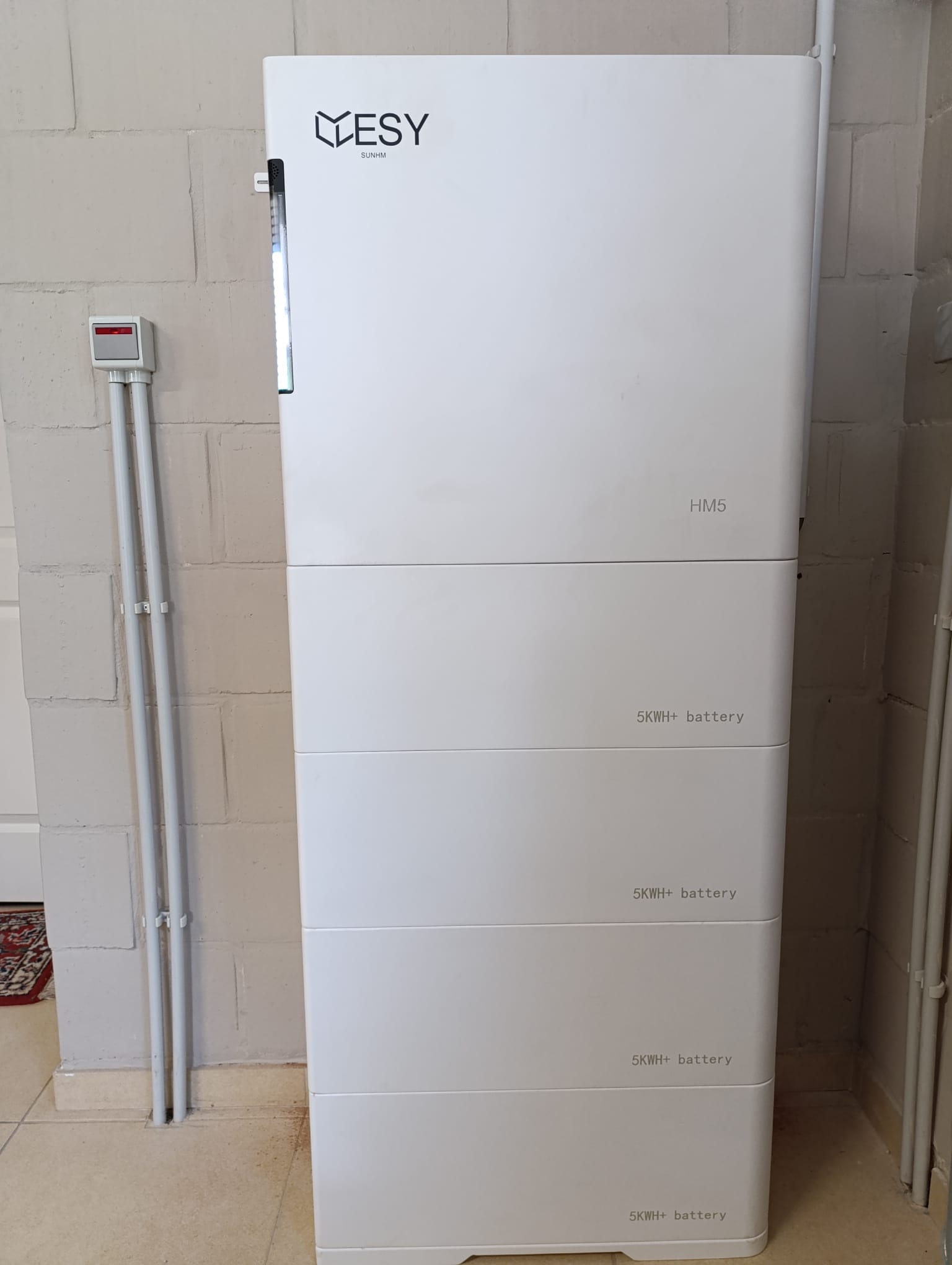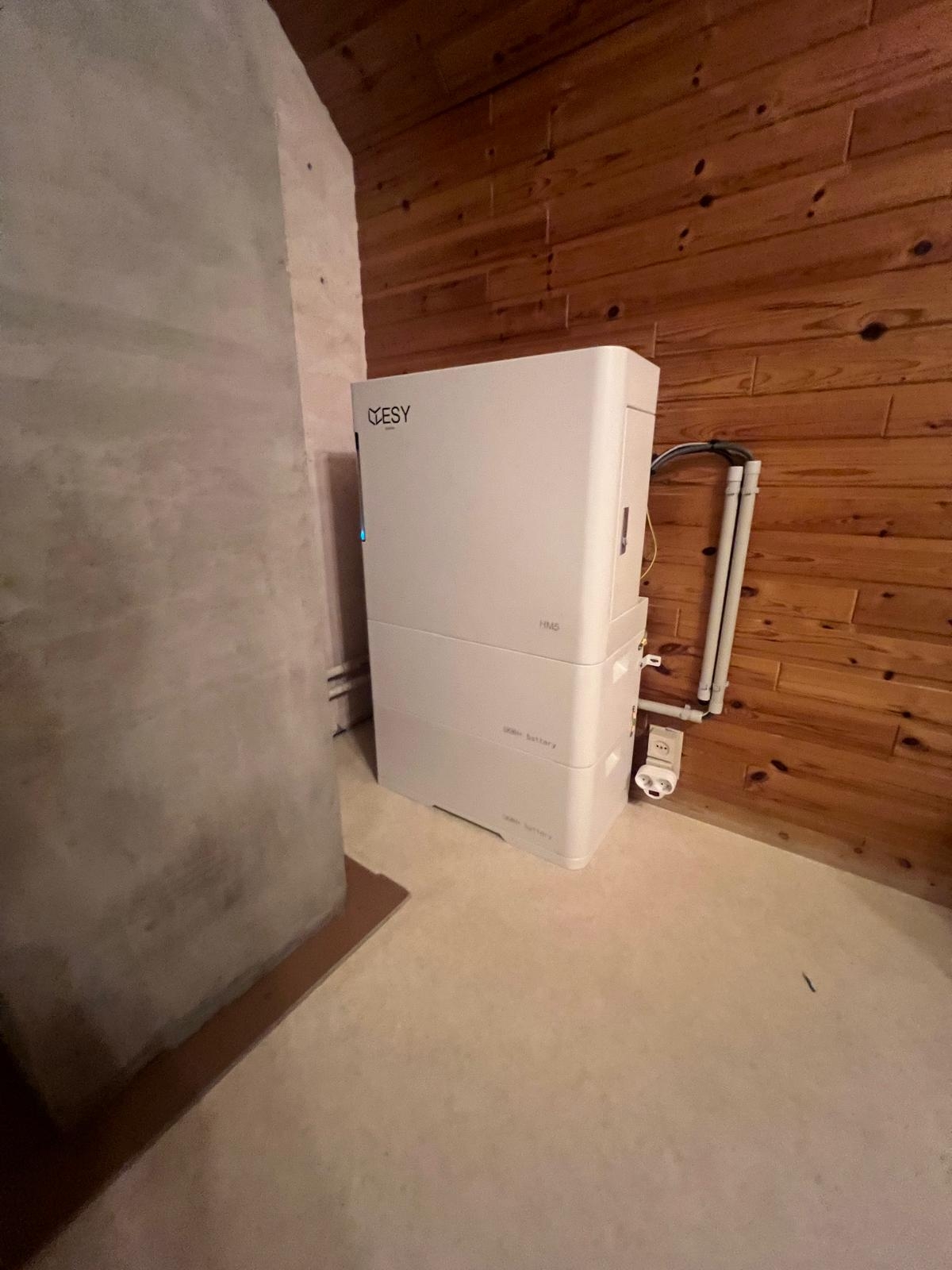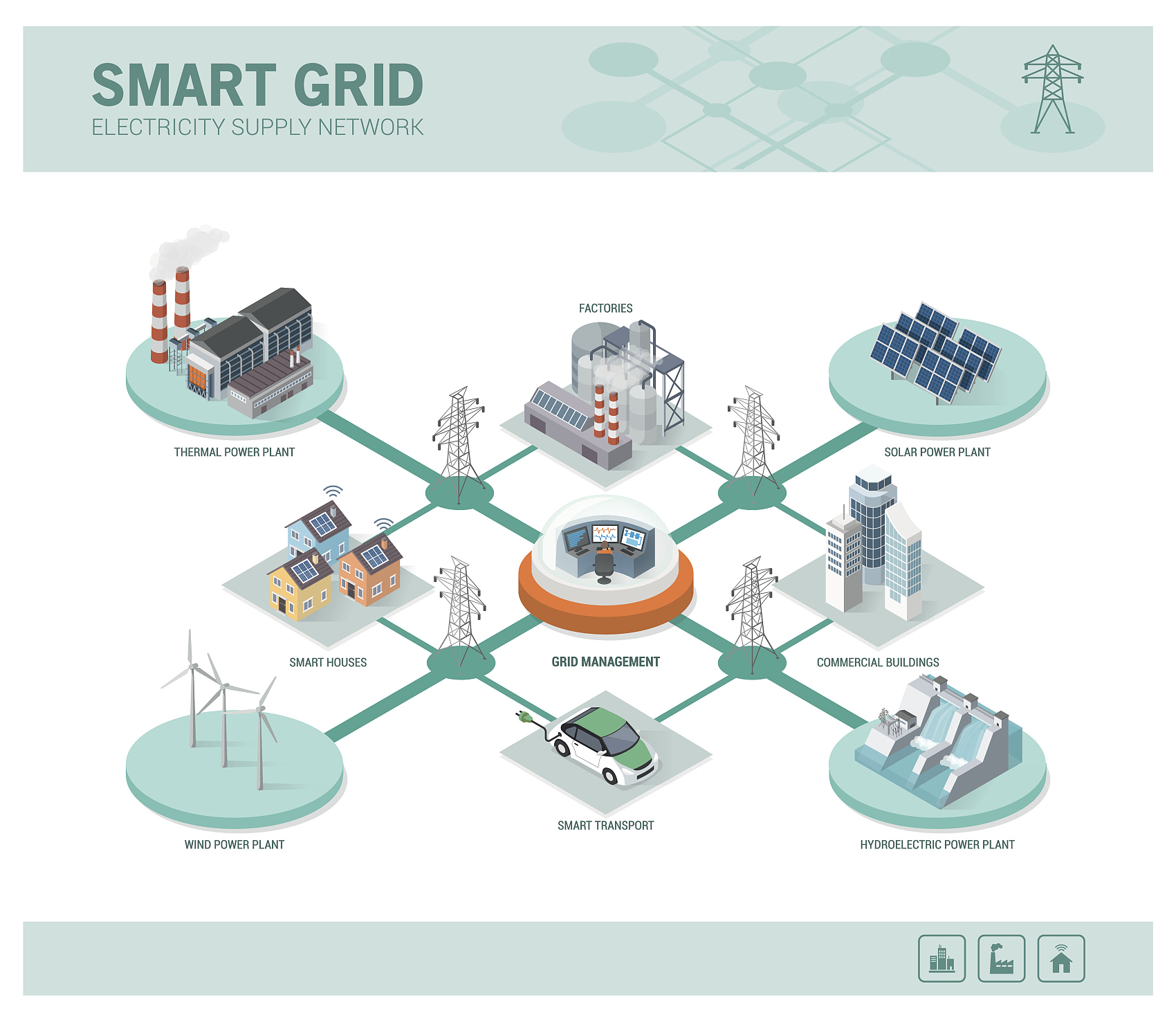
As the world undergoes a significant transition towards renewable energy, technologies such as Virtual Power Plants (VPP) and energy storage systems are becoming indispensable in driving green and sustainable development. With more countries embracing renewable energy sources like solar and wind power, the stability and flexibility of energy systems are facing unprecedented challenges. To address these, the VPP model offers a novel solution, integrating distributed energy resources (DER) like solar panels, wind turbines, electric vehicles, and energy storage systems into a dynamic, coordinated network. This interconnected network optimizes energy usage while maintaining grid stability, ensuring the seamless integration of renewable energy.
In this article, we explore the fundamentals of VPPs, how they operate, and their role in shaping the future of energy. We will also examine the vital part that energy storage systems play within this evolving ecosystem.
What is a Virtual Power Plant (VPP)?
A Virtual Power Plant (VPP) is not a traditional, large-scale physical power station. Instead, it is an intelligent energy management platform that leverages digital technology and smart control systems to integrate decentralized energy generation and storage assets from various locations into a coordinated virtual network. This platform enables the management and coordination of distributed energy resources (DER), making them function as a unified, large-scale power plant that can provide electricity and grid services.
1. Why is it called a "Virtual" Power Plant?
The term "virtual" reflects the absence of a central, physical power station. Instead of relying on a physical structure, the VPP leverages a digital platform and remote technology to manage energy assets scattered across multiple locations. These assets include household solar panels, community-level wind turbines, and residential or commercial energy storage systems. Although these assets are geographically dispersed, the VPP platform brings them under a unified control system, allowing them to operate as a collective energy provider to the grid.
**Key Differences Between VPP and Traditional Power Plants**:
l Traditional Power Plants: These are typically large, centralized facilities, such as coal, nuclear, or hydroelectric power plants. They generate significant amounts of electricity in one location and distribute it over long distances via high-voltage transmission lines.
l Virtual Power Plants: VPPs, on the other hand, consist of a network of smaller, decentralized energy resources that may come from homes, businesses, or communities. Although the energy generation and storage capacity of individual units are smaller, the combined power of these distributed resources forms a flexible, large-scale energy network, managed through a digital platform.
2. Components of a VPP:
A typical VPP consists of the following core elements:
l Distributed Energy Resources (DER): These include solar power systems installed in homes or commercial buildings, energy storage batteries, electric vehicles, and other small-scale energy generation units. These DERs act as the primary energy suppliers within the VPP network.
l VPP Platform: This is the "Central Nervous System" of the VPP. It allows operators to monitor and manage energy production, storage, and consumption across the network. The platform uses advanced algorithms to optimize the performance of every energy node, ensuring efficient energy dispatch.
l Grid Connection: VPPs can interact with the grid by feeding excess power back into it or drawing power from storage systems during periods of high demand, ensuring grid stability.
How Does a Virtual Power Plant (VPP) Work?
A VPP does more than simply coordinate distributed energy resources; it offers a profound impact on society’s journey towards sustainability. Here are some of the key advantages and functions of VPPs:
1. Enhancing Grid Stability and Flexibility
The rapid expansion of renewable energy, such as solar and wind, presents a significant challenge to traditional grids, which were not designed to handle the variability of these energy sources. Solar and wind power are inherently intermittent—solar generation fluctuates with sunlight, and wind power varies with wind speed. This variability can cause instability in the grid if not managed properly.
VPPs address this challenge by integrating multiple DERs, enabling the grid to better manage fluctuating energy supplies. The VPP’s smart dispatch system can adjust energy supply in real-time, whether during periods of peak demand or lower demand, ensuring stable grid operations.
Example: On hot summer afternoons, when many households turn on their air conditioners at the same time, the sudden spike in electricity demand can strain the power grid. Without sufficient energy supply, this could lead to overloads or even blackouts. In these situations, a Virtual Power Plant (VPP) can instruct energy storage systems to release stored electricity, bridging the supply gap and ensuring grid stability.
2. Real-time Monitoring and Data Analysis
VPPs employ advanced digital tools, such as the Internet of Things (IoT) and cloud computing, to continuously monitor the energy status of each participant in the network. Every solar panel, energy storage battery, and electric vehicle connected to the VPP can transmit real-time data about its energy generation, storage capacity, and consumption patterns. This wealth of data is aggregated and analyzed using sophisticated algorithms, enabling precise energy dispatch and load balancing.
**Real-time data benefits include**:
l Identifying when and where excess energy is generated.
l Allowing for better grid load balancing.
l Providing insights into user consumption patterns, which can inform energy efficiency improvements.
3. Intelligent Energy Dispatch and Management
A key feature of VPPs is their ability to intelligently schedule and dispatch energy. For instance, during peak sunlight hours, rooftop solar panels may produce more electricity than is immediately needed. Instead of wasting this surplus energy, the VPP can instruct storage systems to store the excess. Later, when energy demand peaks in the evening, the VPP can dispatch the stored energy from these batteries to the grid. This mechanism not only balances supply and demand but also ensures efficient use of renewable energy.
Example: In Australia, many homes equipped with solar panels participate in VPP programs, trading electricity with the grid. When solar energy production is high during the day, homeowners can store surplus electricity. In the evening, when electricity prices rise, the VPP automatically sells the excess electricity back to the grid, generating income for users.
4. Economic Benefits and Profit Distribution
VPPs offer substantial economic incentives to participants. By selling surplus electricity generated by their distributed resources, participants can earn revenue. For example, a homeowner with a solar system can use renewable energy for their own consumption and sell the excess back to the grid through the VPP, providing an additional income stream. Meanwhile, the grid benefits from a reliable source of additional electricity, enhancing overall stability.
The Importance of Virtual Power Plants
VPPs represent more than just an enhancement to traditional energy management systems—they embody the future of energy systems. Here are several reasons why VPPs are critical:
1. Managing the Variability of Renewable Energy
The primary challenge with renewable energy sources like solar and wind is their variability. Solar panels only generate electricity when the sun is shining, and wind turbines are only productive when the wind blows. This makes balancing energy supply and demand difficult. VPPs help by aggregating many small, distributed renewable energy resources and using energy storage systems to smooth out fluctuations in power generation, ensuring a continuous and reliable power supply.
Example: In some regions of Europe, wind generation peaks during the night when electricity demand is low. The VPP can store this excess wind power in residential energy storage systems and release it in the morning when demand increases. This ensures that renewable energy is utilized efficiently without being wasted.
2. Increasing Grid Resilience
By continuously monitoring and controlling distributed energy nodes, VPPs can respond quickly to changes in demand, alleviating pressure on the grid and preventing blackouts. This level of responsiveness and flexibility is a significant advantage over traditional centralized power plants, which cannot adjust as rapidly to fluctuations in energy supply or demand.
3. Empowering Consumers
Traditionally, consumers have played a passive role in the energy market, simply using electricity supplied by the grid. With VPPs, consumers can take on a more active role as both energy producers and market participants. By investing in renewable energy systems and storage devices, consumers can generate their own electricity, participate in the energy market, and earn profits from selling surplus power. VPPs give ordinary people more autonomy over their energy usage and financial returns.
4. Supporting the Transition to a Low-Carbon Economy
As the world faces increasing pressure to combat climate change, VPPs provide the necessary infrastructure to expand the use of renewable energy. By facilitating the integration of renewable energy sources into the grid, VPPs reduce reliance on fossil fuels, support the growth of a clean energy future, and help societies transition to low-carbon economies.
The Critical Role of Energy Storage Systems in VPPs
While VPPs effectively manage distributed energy resources, their success relies heavily on energy storage systems. Energy storage is key to ensuring the stability of renewable energy supplies, addressing the intermittent nature of solar and wind power generation.
1. Energy Storage and Dispatch
During times of excess energy production—such as sunny days or windy nights—solar panels and wind turbines may generate more power than is immediately needed. Energy storage systems store this excess power, which can be dispatched later when renewable generation is lower, such as at night or on cloudy days. This ability to "shift" energy supply to match demand is vital for maximizing renewable energy utilization.
2. Emergency Power Supply
Energy storage systems also play a critical role in providing emergency power during grid outages or sudden spikes in electricity demand. In times of crisis, VPPs can draw on distributed storage systems to supply electricity, preventing blackouts and ensuring uninterrupted service. In extreme situations, such as natural disasters or large-scale grid failures, energy storage systems can provide emergency power to essential services, aiding in grid recovery.
3. Increased Flexibility in Energy Trading
Participants in VPPs with storage systems can store electricity when prices are low and sell it back to the grid when prices are high, maximizing their earnings. This "arbitrage" opportunity not only benefits the participants but also provides the grid with valuable power during peak demand periods, further enhancing grid stability.
The Role of Residential Energy Storage Systems in VPP
Residential energy storage systems are a crucial part of the VPP network. Compared to large commercial energy storage systems, residential storage systems are more widely distributed and greater in number. Each residential storage battery serves as a small "node" within the VPP, and these nodes are interconnected through an intelligent platform, forming a powerful and flexible energy management network.
Residential storage systems allow users to maximize the use of the renewable energy they generate. Through the VPP, these storage batteries not only store energy for personal use but also provide power support to the grid as part of a larger network.
Example: Community Energy Storage Solution In one Australian community, dozens of residential storage batteries are interconnected through a VPP to form a microgrid. When the community’s energy demand increases, the VPP can dispatch electricity from these storage batteries to supply power to the entire community. This solution significantly enhances the community’s energy self-sufficiency.
The Future Outlook for VPPs and Energy Storage Systems
As global energy systems become increasingly decentralized, digitized, and sustainable, Virtual Power Plants (VPP) and energy storage systems will play a critical role in managing renewable energy more efficiently, stabilizing grids, and creating new revenue opportunities for both consumers and businesses. These technologies represent the future of energy, providing the flexibility, efficiency, and sustainability needed to combat climate change and transition to a low-carbon economy.
The integration of VPPs and energy storage systems offers a vision of a future where energy systems are decentralized, intelligent, and consumer-driven. In this future, every individual with access to distributed energy resources can become an active participant in the energy market, contributing to a cleaner, more efficient, and resilient energy future.
